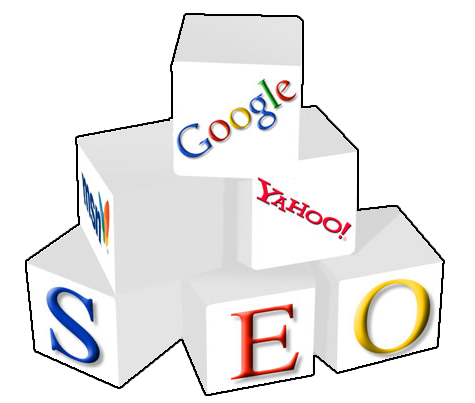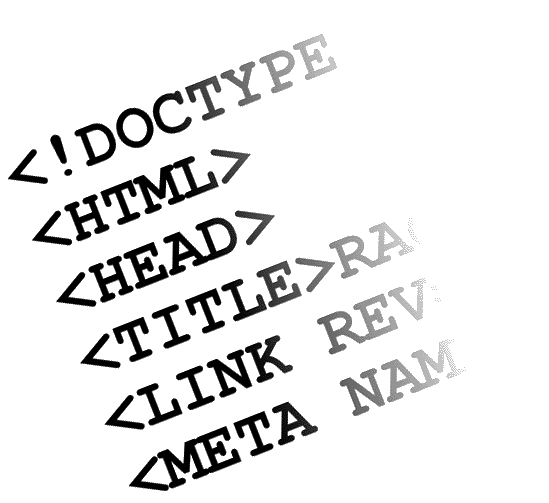SEO Do's
 Quality content is supremely important. Write for your readers and NOT for Google.
Quality content is supremely important. Write for your readers and NOT for Google.
High Quality, Original Content
There is nothing that is more important in SEO than content quality and originality.
The Most Important Tag in Your HTML Is the Title Tag.
It's imperative that the title of your page is the number one key phrase in the content of the page itself. Optimally, the title and the first H1 tag in your content read exactly the same - letter for letter, punctuation encluded.
Key Words and Key Phrases
Try to SEO for no more than one or two key phrases per page. The definition of a key phrase is the words that someone might type into the Google search box that would point them to your site. For instance, I'm trying to SEO this page for the phrases "What Is SEO" and "SEO Do's and Don'ts". So try to SEO for phrases that you, yourself, might search for.
Provide ALT Attributes for All Image Tags
Googlebots, the the Google spiders that crawl our sites, can't read images but they do pay a lot of interest to the alt attributes within our image tags. Make sure that you that you put information within the ALT attribute that is relevant to the content that is adjacent to the image. And try to include one or both of your key phrases. Google will read no more than 55 Characters of an Alt and that includes spaces.

SEO Is a SCIENCE SO BE METICULOUS
Use Your Key Phrases Wisely
Once you've chosen your key phrase or phrases, you need to make sure those phrases are in the title of your page. By that I mean that they should appear between the opening and closing Title tags in the Head section of the HTML. Then make sure they appear at least once in the first paragraph in the main content section in the Body of the html. And be sure to use them in at least one h1, h2, or h3 headings (Preferably an H1). Use them in link text. By link text I mean the words in the clickable portion of a hyperlink. Use them in alt attributes of image tags. And then use them throughout the rest of the text on the page. But be very careful how you do all this. The content section of your page must flow naturally. Don't write for Google. Write for your viewers. When you're finished, your content should be as polished as an article in the New York Times. If you over use your keywords and key phrases in a way that intrudes upon the continuity of your content, you may be deemed by the Googlebots to be guilty of "keyword stuffing". Keyword stuffing is harshly penalized by not just Google but all search engines.
Validate Your Code.
It makes good Search Engine Optimization sense to go to W3c's Website and run your html and CSS through the validation process. I haven't yet formed an opinion on the issue of validated code getting preferential treatment from Google or any other search engine. But using W3C's code validation could help you clean up some things that might help you get a better PR or Page Rank. By the way, not many people know this but Google.com doesn't validate! Neither does Yahoo.com! Oddly enough, MSN.com does validate.
You Need Two Sitemaps.
Your Website or blog needs one html sitemap and one xml sitemap. An html sitemap is essential to any Website. It's like a Table of Contents in a book. A link to your html sitemap should be prominently displayed on every page of your site. An xml sitemap is every bit as important. The xml sitemap should be in the root section of your server. In other words, it should be in the same directory on your server where your index.html or php.html resides. Once you've created an xml sitemap you'll want to go to Google Tools and submit it. This will help the Googlebots when they crawl your site. There are free tools available on the Web to help you quickly and painlessly create html and xml sitemaps.
Content Positioning
A good SEO technique is to place your main content as close to the Body tag as possible. If you type "ctrl + U" or click View and then Page Source to look at the source code of this page, you'll see that I'm not following my own advice in this regard. My content is a mile away from the Body tag. All I can say is: "Do as I say and not as I do". Robots read like we do. They read left to right and top to bottom. The quicker they come to your content the better.
Each Page Needs a Unique Title
This seems like such a simple thing but so many people disregard this. Google will penalize your site if you have two pages with the same title. Don't do it!
 This page contains some SEO (Search Engine Optimization) strategies that will help you increase traffic to your Website or Blog.
This page contains some SEO (Search Engine Optimization) strategies that will help you increase traffic to your Website or Blog.





 I intend to edit it and add to it from time to time. I've learned a lot about SEO while researching for this post. I intend to learn even more about SEO in the near future. And soon I'll be sharing some more insights on Search Engine Optimization with you. In the meantime, if you have any ideas about how I could enhance the content of this page, please email me about it.
I intend to edit it and add to it from time to time. I've learned a lot about SEO while researching for this post. I intend to learn even more about SEO in the near future. And soon I'll be sharing some more insights on Search Engine Optimization with you. In the meantime, if you have any ideas about how I could enhance the content of this page, please email me about it.